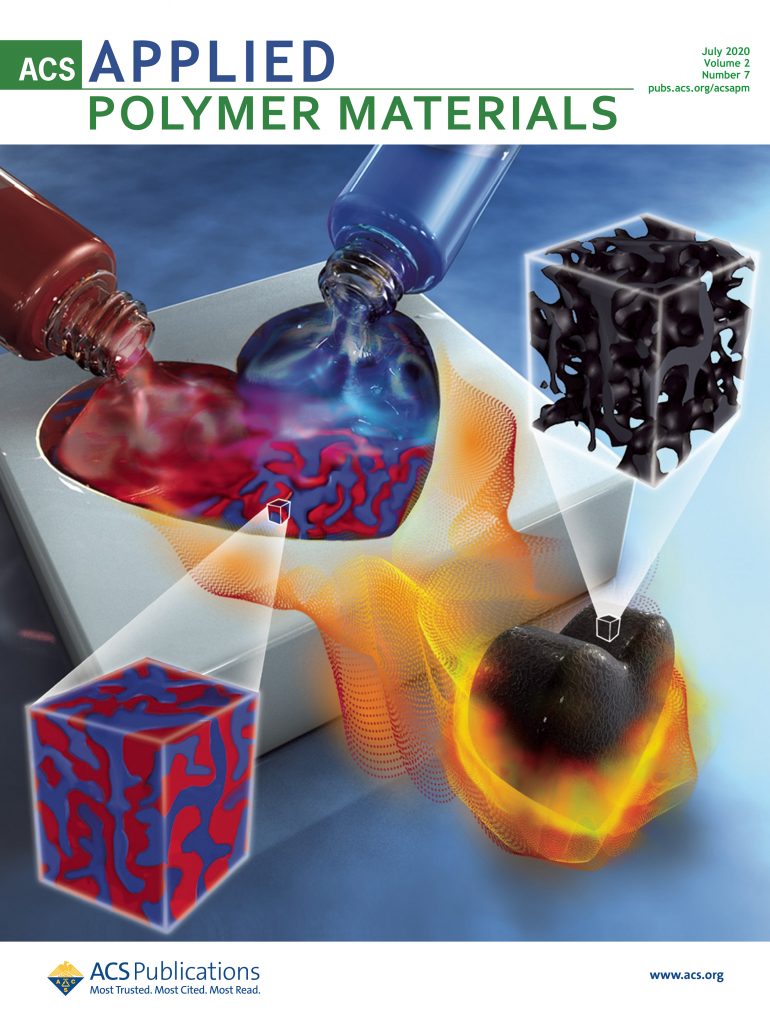Teacher-Student Framework for Polyphonic Semi-supervised Sound Event Detection: Survey and Empirical Analysis
IF 4.4
2区 化学
Q2 MATERIALS SCIENCE, MULTIDISCIPLINARY
引用次数: 0
Abstract
Polyphonic sound event detection refers to the task of automatically identifying sound events occurring simultaneously in an auditory scene. Due to the inherent complexity and variability of real-world auditory scenes, building robust detectors for polyphonic sound event detection poses a significant challenge. The task becomes further more challenging without sufficient annotated data to develop sound event detection systems under a supervised learning regime. In this paper, we explore the recent developments in polyphonic sound event detection, with a particular emphasis on the application of Teacher-Student techniques within the semi-supervised learning paradigm. Unlike previous works, we have consolidated and organized the fragmented literature on Teacher-Student techniques for polyphonic sound event detection. By examining the latest research, categorizing Teacher-Student approaches, and conducting an empirical study to assess the performance of each approach, this survey offers valuable insights and practical guidance for researchers and practitioners in the field. Our findings highlight the potential benefits of utilizing multiple learners, ensuring consistent predictions, and making thoughtful choices regarding perturbation strategies.复调半监督声音事件检测的师生框架:调查与实证分析
复调声音事件检测是指自动识别听觉场景中同时发生的声音事件的任务。由于真实世界听觉场景固有的复杂性和多变性,为复调声音事件检测构建稳健的检测器是一项巨大的挑战。如果没有足够的注释数据来开发监督学习机制下的声音事件检测系统,这项任务就会变得更具挑战性。在本文中,我们探讨了复调声音事件检测的最新发展,特别强调了半监督学习范式中师生技术的应用。与以往的研究不同,我们对有关复调声音事件检测的师生技术的零散文献进行了整合和整理。通过研究最新研究成果、对 "教师-学生 "方法进行分类以及开展实证研究以评估每种方法的性能,本调查报告为该领域的研究人员和从业人员提供了宝贵的见解和实用指导。我们的研究结果凸显了利用多个学习者、确保预测的一致性以及对扰动策略进行深思熟虑的选择的潜在益处。
本文章由计算机程序翻译,如有差异,请以英文原文为准。
求助全文
约1分钟内获得全文
求助全文
来源期刊

ACS Applied Polymer Materials
Multiple-
CiteScore
7.20
自引率
6.00%
发文量
810
期刊介绍:
ACS Applied Polymer Materials is an interdisciplinary journal publishing original research covering all aspects of engineering, chemistry, physics, and biology relevant to applications of polymers.
The journal is devoted to reports of new and original experimental and theoretical research of an applied nature that integrates fundamental knowledge in the areas of materials, engineering, physics, bioscience, polymer science and chemistry into important polymer applications. The journal is specifically interested in work that addresses relationships among structure, processing, morphology, chemistry, properties, and function as well as work that provide insights into mechanisms critical to the performance of the polymer for applications.
 求助内容:
求助内容: 应助结果提醒方式:
应助结果提醒方式:


